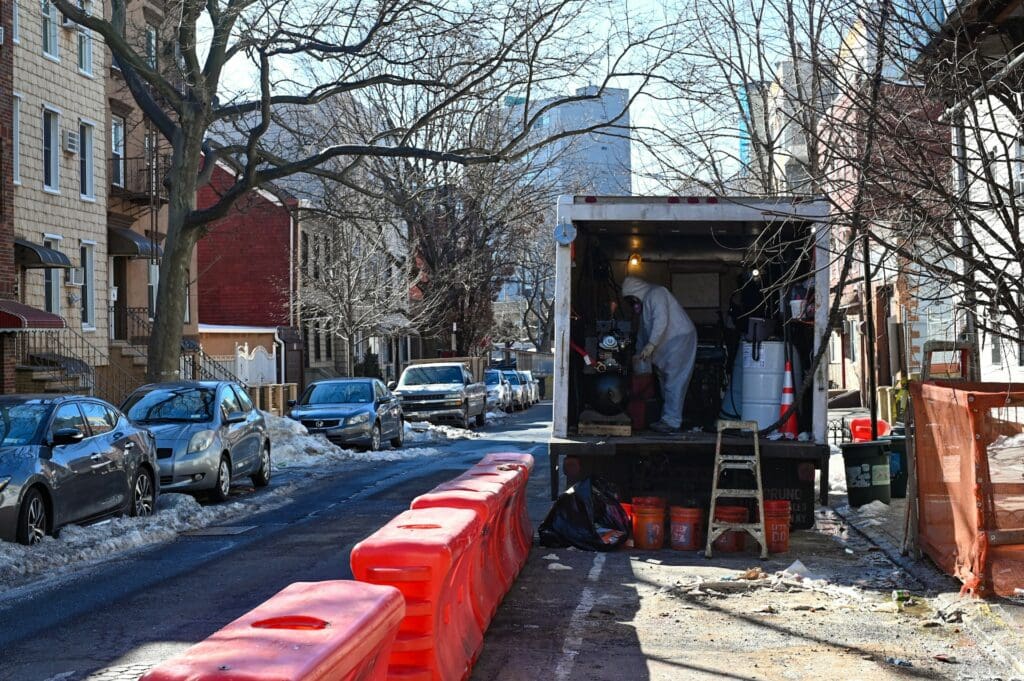Disasters can strike at any time, leaving behind destruction and chaos. In the aftermath of such events, it is crucial to restore safety and normalcy as quickly as possible. One important aspect of disaster recovery is hazmat cleaning, which involves the thorough cleaning and decontamination of hazardous materials. This article will delve into the significance of hazmat cleaning in disaster recovery and explore the various steps involved in the process.
The Importance of Hazmat Cleaning
Hazmat cleaning plays a vital role in disaster recovery by ensuring the safety of both people and the environment. Disasters such as fires, floods, and chemical spills can result in the release of harmful substances that pose health risks. Hazmat cleaning aims to eliminate these hazards and create a clean and safe environment for recovery efforts.
Steps Involved in Hazmat Cleaning
Assessment and Planning:
The first step in hazmat cleaning is a comprehensive assessment of the affected area. This involves identifying the types of hazardous materials present and assessing the extent of contamination. Based on this assessment, a detailed plan is developed to address the specific cleaning and decontamination needs.
Personal Protective Equipment (PPE):
Hazmat cleaning requires the use of appropriate personal protective equipment to ensure the safety of the cleaning crew. This may include gloves, masks, coveralls, and respirators, depending on the nature of the hazardous materials.
Containment and Isolation:
Containing the affected area is crucial to prevent the spread of hazardous substances. Hazmat cleaning professionals use barriers and enclosures to isolate the contaminated area and minimize the risk of exposure.
Removal and Disposal:
Hazardous materials are carefully removed from the site using specialized equipment and techniques. These materials are then properly packaged and transported for safe disposal in accordance with local regulations.
Cleaning and Decontamination:
Thorough cleaning and decontamination are essential to eliminate any traces of hazardous substances. Hazmat cleaning professionals use specialized cleaning agents and techniques to ensure the complete removal of contaminants.
Verification and Testing:
After the cleaning process, verification and testing are conducted to ensure that the area is free from hazardous materials. This may involve air quality testing, surface sampling, and other analytical methods to confirm the effectiveness of the hazmat cleaning.
Documentation and Reporting:
Detailed documentation is essential throughout the hazmat cleaning process. This includes recording the types and quantities of hazardous materials removed, the cleaning methods used, and the results of verification testing. Accurate reporting helps in compliance with regulations and provides a record of the cleaning process.
Conclusion
Hazmat cleaning plays a critical role in disaster recovery by restoring safety and normalcy in affected areas. The thorough cleaning and decontamination of hazardous materials ensure the well-being of both the community and the environment. By following the structured steps of hazmat cleaning, disaster recovery efforts can be carried out efficiently and effectively, bringing back a sense of safety and normalcy to affected communities.
Remember, in the face of disaster, hazmat cleaning is not a task to be taken lightly. It requires expertise, proper equipment, and adherence to safety protocols. By prioritizing hazmat cleaning in disaster recovery efforts, we can restore safety and normalcy, helping communities rebuild and thrive once again.




